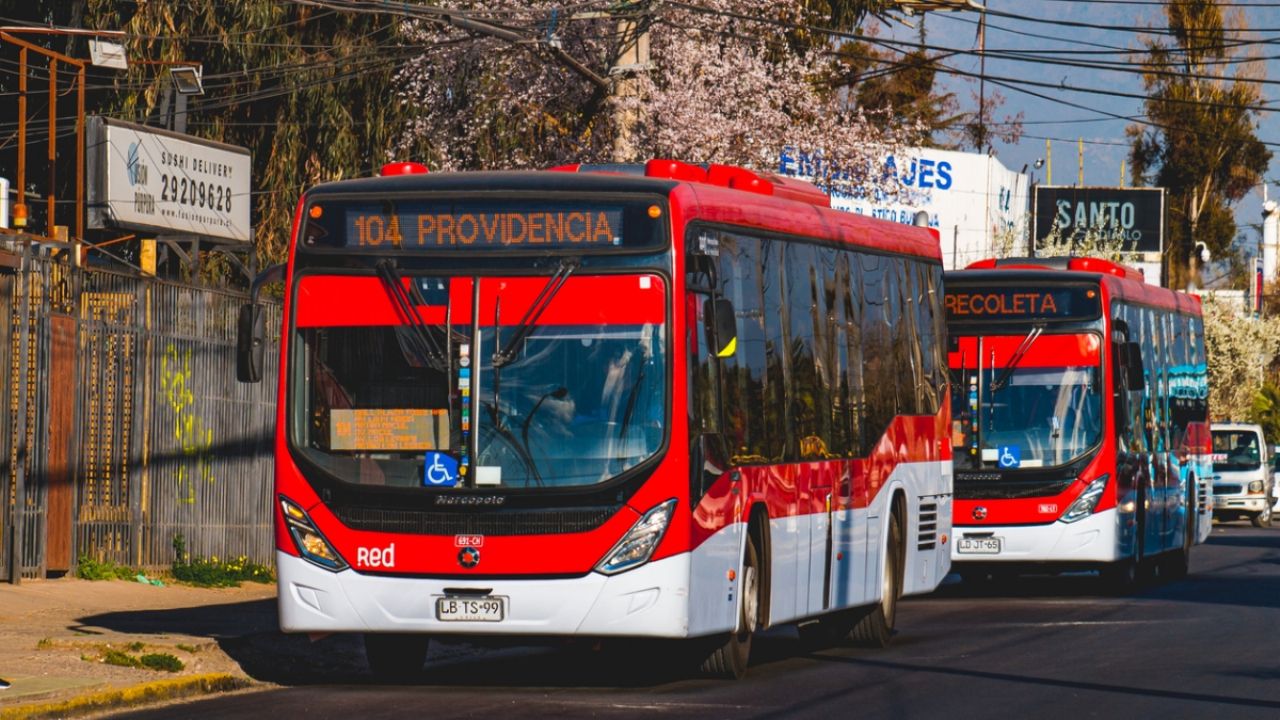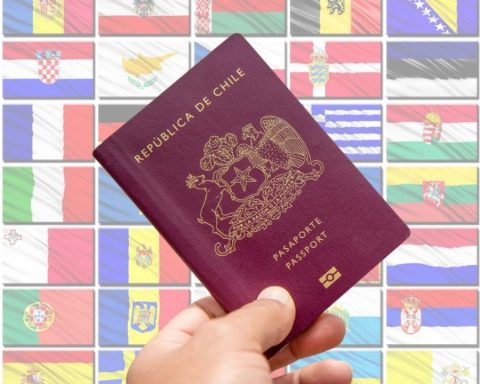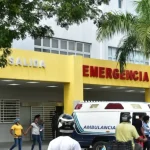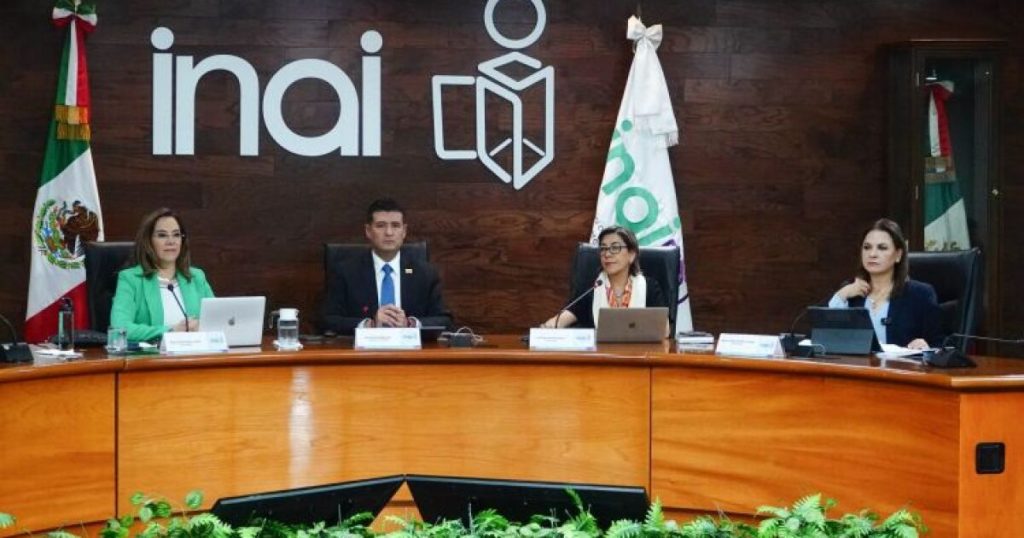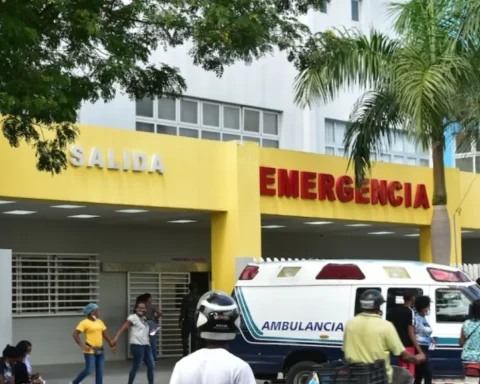Starting November 10, the cost of transport public in the Metropolitan Region of Chile will experience an increase that will impact millions of users. This measure, approved by the Public Transport Panel of Experts, will affect bus, Metro and Train Nos-Central Station fares. Although the increase worries the population, the integrated rate for seniors will remain unchanged, offering some relief to this segment.
The adjustment in the prices It implies that bus fares will increase to $750, while Metro and Train fares will vary depending on the time of day: in peak hours the fare will be $850, in off-peak hours it will be $770 and in off-peak hours it will be $690. . For its part, the school ticket for middle and higher education students will cost $250, and senior citizens pensioned in the Metro will continue to pay a rate of $250.
According to the Panel of Experts, this rise in ticket responds to a set of economic factors that have impacted the transportation system, such as increased inflation, the price of the dollar and labor costs. All of these elements have contributed to the increase in operating costs, which has made an update in rates necessary to maintain the financial balance of the system, which is supported by a combination of public funds and user payments.
The freezing of rates which has been applied since October 2019 also influenced the current decision. Experts pointed out that, if this freeze had not been implemented in recent years, the ticket today would be $250 more expensive. This measure was well received at the time, but it generated a gap that, added to current economic pressures, ended up accelerating the need to adjust ticket prices.
In addition to the increase Immediately, the new rate policy includes a modification to the maximum monthly rate cap, which will rise to $40,000 as of December 1. This means that users who reach this amount will be able to continue traveling for free and unlimitedly for the rest of the month, which seeks to facilitate mobility for those who depend intensively on public transportation.
